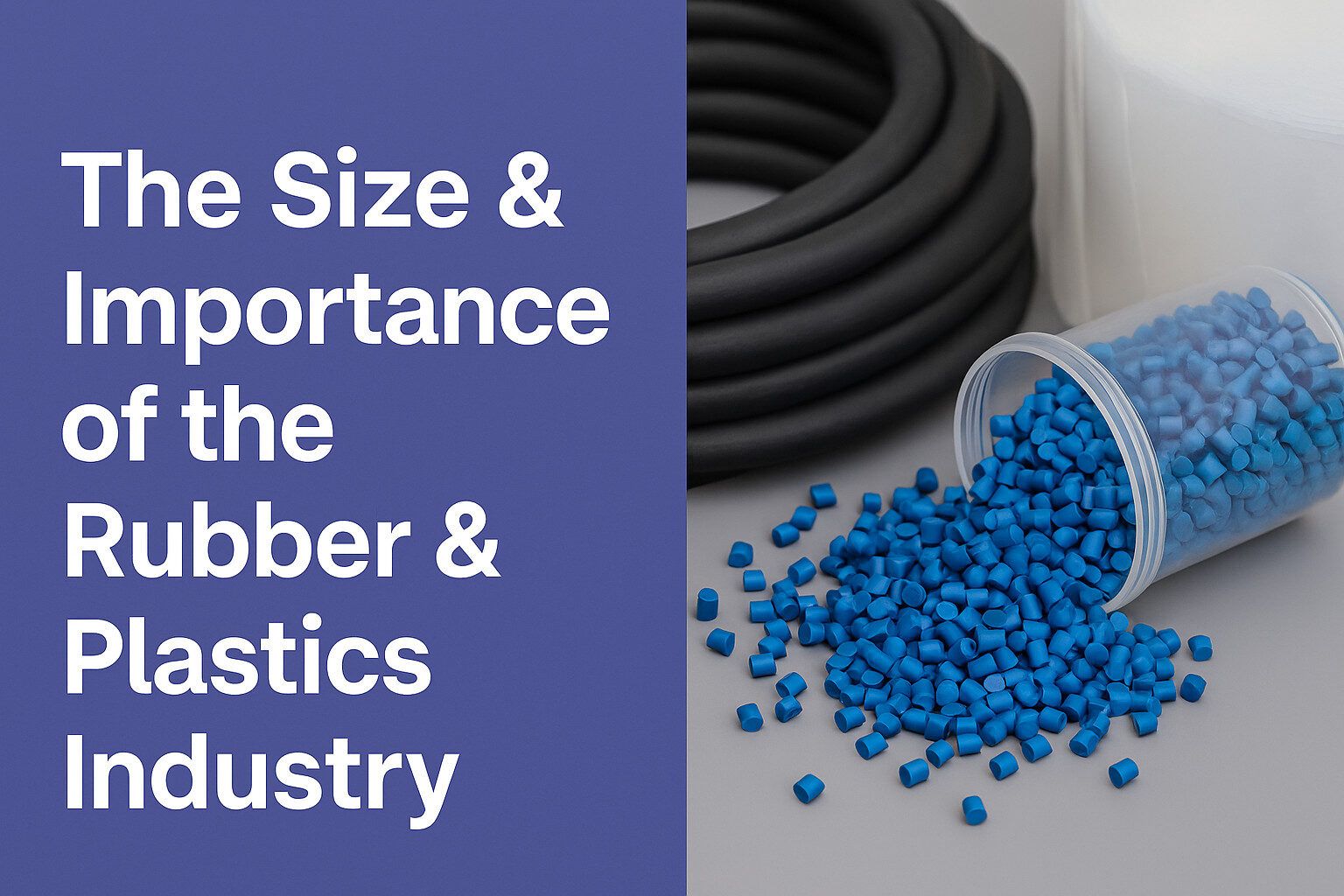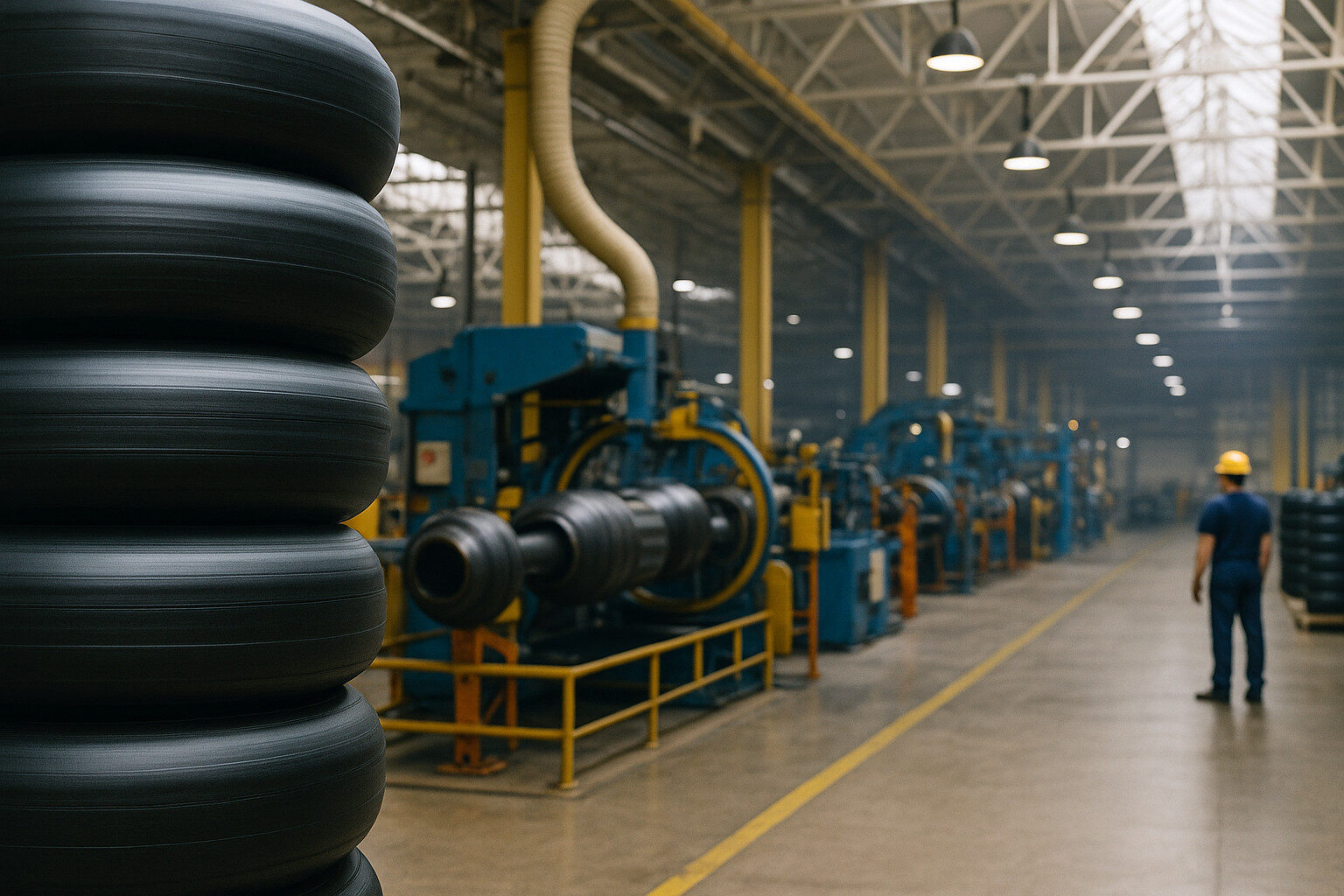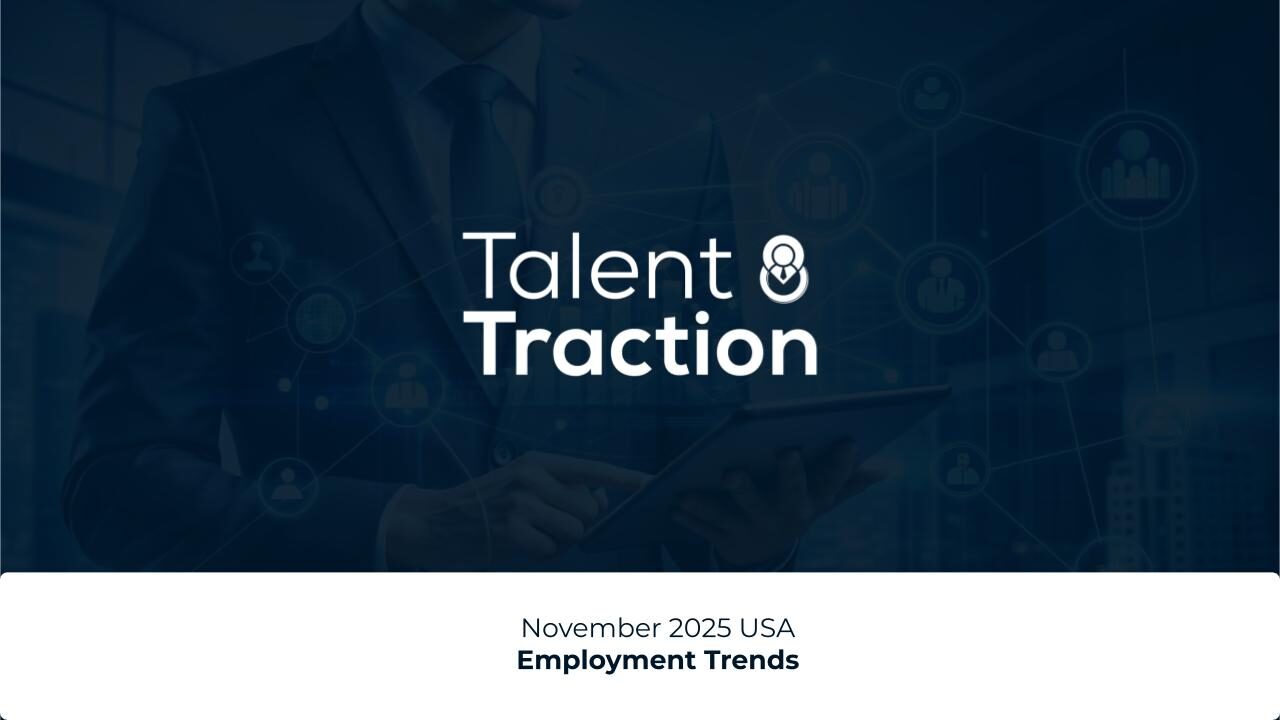When you think of major U.S. industries, you may not immediately think about rubber and plastics yet this massive sector, worth hundreds of billions of dollars, is struggling with a severe worker shortage. The rubber & plastics industry worker shortage is more than just a staffing issue; it’s a bottleneck impacting growth, innovation, production costs, and compensation trends across the U.S. In this article, you’ll get a data-driven view of what’s happening, why it matters, and what companies (like yours) can do to solve it—so that after reading, you feel your time was truly invested.

1. The Size & Importance of the Rubber & Plastics Industry
Before delving into the shortage, it helps to understand just how big and critical this industry is.
- According to the Plastics Industry Association, the U.S. plastics industry is a $519 billion-shipment business.
- The Rubber & Plastics sector (which includes plastics product manufacturing, rubber product manufacturing, and related subsectors) comprises tens of thousands of establishments for example, IndustrySelect notes ~13,675 companies in the rubber & plastics sector in the U.S. with aggregate revenues around $553 billion.
- Employment is large but not stable: roughly 720,000 people employed in plastics & rubber products manufacturing as of mid-2025 (seasonally-adjusted) in the U.S.
So this is no niche sector, it’s one of the backbone industries for manufacturing, packaging, automotive components, consumer goods, medical devices, and more. And it underpins huge supply chains.
2. What the Worker Shortage Looks Like
Despite its size, the rubber & plastics industry is having trouble filling the roles it needs. The indicators are clear:
Indicator | Current Data | What It Signifies |
Unemployment / Under-employment in sector | In May 2025, unemployment in plastics & rubber products manufacturing rose to 5.7%. Also, in January 2025, the rate hit 8.2%; though these figures may reflect volatility. | Even with open jobs, there aren’t enough qualified workers stepping into them. Low unemployment in the broader economy but still high in this industry suggests mismatch or unattractive roles. |
Job Openings vs Hires | The Plastics Industry Association reports ~437,000 job-openings in manufacturing (~plastics & rubber inclusive) as of July 2025. But many openings remain unfilled. | Demand is outpacing supply. Companies have roles they can’t fill in production, quality, engineering, tech/automation, etc. |
Employment growth (or decline) | Annual employment in plastics & rubber manufacturing has seen slight declines from ~742,900 in 2023 to ~729,900 in 2024. | Either companies are automating and needing fewer people, or they’re shrinking due to inability to scale because they lack workforce. |
Wages in key roles | Average hourly for production & nonsupervisory employees is ~$25.35–$30+ depending on role; for supervisors/managers, pay is substantially higher. | Companies are trying to pay more, but rising wages alone may not correct skill mismatches or job attractiveness. |
3. Root Causes of the Shortage
To understand what can be done, let’s look at why this shortage exists.
a) Skills Gap & Technical Expertise
- Many roles require specialized training (e.g. extrusion, molding, tooling, rubber compounding) which are not widely taught in many vocational programs.
- As automation and technology adoption increase (robots, IoT, analytics, sustainable materials), the demand shifts toward workers with both hands-on and technical skills.
b) Demographics & Retirement
- A sizable portion of the workforce is nearing retirement age; fewer younger workers are entering manufacturing career paths.
- Youth (16-24) participation is rising slightly, but still not enough to offset upcoming retirements.
c) Industry Perception & Preference
- Manufacturing, especially plastics & rubber, is seen by many as less attractive because of perceptions about working conditions, health & safety risks, environmental concerns, or job stability.
- Some potential workers prefer services or tech sectors seen as cleaner, safer, or more “modern.”
d) Geographic Mismatches
- Regions with legacy plastics or rubber clusters may not have sufficient local labor available; commuting/relocation is a barrier.
- Wages & cost of living vary greatly by state, affecting how attractive jobs are.
e) Regulatory, Environmental & Sustainability Pressures
- Increasing regulatory scrutiny (on chemical usage, waste, emissions) adds complexity to operations. Companies need staff who understand compliance; this narrows the candidate pool.
- Sustainability demands (recycled plastics, bioplastics, etc.) require either new processes or re-skilling existing staff.
f) Volatile Market Conditions
- Raw material price swings (resin, rubber, additive shortages) make production planning unpredictable. Companies may be hesitant to hire if demand is unstable.
- Trade policy, tariffs, supply chain disruptions (e.g. fossil fuel costs) also feed into risk and volatility.
4. Impacts of Shortage: What it Costs
The worker shortage is not just about unfilled positions it has measurable costs and side effects for companies, for regional economies, and for the workforce.
- Production Delays & Capacity Under-utilization
- Companies can’t run full shifts, or must slow/downsize output even when demand exists, because of labor gaps. This leads to lost revenue or inability to scale.
- Reports indicate plastics capacity utilization rates have hovered below potential as labor supply limits growth.
- Rising Compensation & Benefit Costs
- To attract scarce talent, companies offer wage premiums, shift differentials, safety/benefit enhancements.
- But these raise costs, squeezing margins especially in commodity/subcontracted product lines.
- Higher Turnover & Quality Issues
- Hiring under-qualified candidates or rushing recruitment increases risk of defects, rework, safety incidents. These add hidden costs.
- Worker fatigue or being overextended (double shifts, overtime) can heighten safety risks and reduce quality.
- Innovation & Growth Delays
- Limited workforce slows roll-out of new processes, delays adoption of automation, or slows growth in sustainable plastics, recycling, or bioplastics.
- Companies may miss opportunity windows (market/regulatory shifts) because they don’t have the staff to act quickly.
- Worsening Equity and Access Issues
- Skills gaps often overlap with geographic / socioeconomic gaps; underinvested regions lose out.
- Workers without clear access to training, certifications, or apprenticeships are left behind.

5. Compensation Trends: What Workers Are Being Paid And What They Could Be
To stay competitive, companies are adjusting pay/total compensation. Here’s a snapshot.
- Average hourly wage for production & nonsupervisory roles in plastics & rubber is in the $25-30 / hour range, depending on complexity and location.
- Supervisory / manager roles pay significantly more — for example, first-line supervisors/managers may see mean wages in the mid $60,000s or higher annually.
- Premiums for specialized roles are increasing: engineers, mold makers, industrial maintenance, automation technicians are commanding higher rates. Some reports show engineering roles in plastics expected to grow ~13.6% from 2023-2033.
- Benefits, perks, non-wage compensation (shift premiums, overtime, safety incentives, training / upskilling opportunities) are becoming more critical in recruiting & retention.
6. What Companies Can Do: Strategy & Solutions
Given the scope of the problem, here are strategies for companies to address the worker shortage — so the time you spend planning yields results.
A. Develop a Strong Talent Pipeline & Training Partnerships
- Partner with technical schools, community colleges, vocational programs. Create internships/apprenticeships focused on plastics/rubber manufacturing.
- Offer internal training / upskilling for existing workers (machine operation, safety, automation).
B. Improve Recruiting Practices
- Highlight career pathways, safety, environmental responsibility, and purpose (particularly as younger workers care about sustainability).
- Use recruiter networks specialized in manufacturing or plastics/rubber industries.
C. Competitive Compensation Packages
- Be willing to offer wage premiums in areas with shortages.
- Include non-wage rewards: training, development, flexible schedules, safety, bonuses, benefits.
- Transparent pay scales and clear growth paths help improve retention.
D. Invest in Technology & Automation, Thoughtfully
- Automation can partially offset labor shortages (e.g. robot handling, process automation, predictive maintenance).
- But automating without considering human skills can backfire; workers need to be trained to work alongside or maintain automated systems.
E. Improve Work Environment & Employer Branding
- Emphasize safety, clean workplaces, good working conditions.
- Show environmental and sustainability commitments. Many workers want employers who align with those values.
- Flexible hours, less physically demanding roles, or better shift schedules help attract a broader workforce.
F. Geographic Strategy
- Identify underutilized labor markets or regions with untapped workforce (rural areas, re-entry programs).
- Offer relocation help, remote support for some roles where feasible.
G. Diversity, Equity & Inclusion (DEI)
- Recruiting from under-represented communities can enlarge the talent pool.
- Training pathways for nontraditional candidates.
7. Data Snapshots & Key Metrics to Track
To make sure strategies are working, track these metrics. Setting up good measurements early saves time and helps make better decisions.
Metric | Why It Matters | What to Monitor |
Job Vacancy Rate | Shows how many positions remain unfilled; high rates indicate problems in recruitment or unattractive packages. | Open requisitions by type, time unfilled. |
Time to Hire | Long hiring cycles cost money and risk losing candidates. | Track for production roles, skilled/technical roles separately. |
Turnover Rate (esp. first 90 days / first year) | Reveals mismatch or poor onboarding. | Exit reasons, performance issues. |
Compensation Competitiveness | Ensures pay is not lagging vs local & industry norms. | Compare to BLS data, local market surveys. |
Training / Upskill Investments | Helps measure progress toward filling skill gaps internally. | Hours spent training, certifications attained. |
Employee Engagement & Retention Reasons | Helps identify what matters beyond pay (culture, safety, growth). | Surveys, focus groups. |
8. What This Means for Compensation and Hiring Trends in the Near Future
Looking ahead (next 1-3 years), expect:
- Continued wage inflation for key / technical roles.
- More competition among employers for skilled operators, mold makers, maintenance technicians, automation specialists.
- Greater use of flexible or hybrid roles, where possible.
- More training/education programs aligned with industry needs, possibly supported via government or industry grants.
- Companies with good employer branding (safety, sustainability, care for worker well-being) will have an edge.
Conclusion & Call to Action
The rubber & plastics industry, with revenues well into the hundreds of billions, is far from being a “sunset” sector. It continues to grow, innovate, and remain essential. But it is at a crossroads: without enough workers, skilled labor, and good compensation & hiring practices, its potential will be held back.
What you can do now (as a leader / hiring manager):
- Audit your current workforce and skills gaps.
- Review compensation & benefits to ensure they are competitive in your region and sector.
- Invest in or establish training/apprenticeship programs.
- Enhance recruiting: employer branding, outreach to non-traditional worker pools.
- Consider process improvements / automation to reduce low value labor dependence.
- Track the key metrics listed above to monitor progress.
At Talent Traction, we specialize in matching companies in Rubber & Plastics with the right talent through our white-glove recruitment service — making sure you hire not just fast, but right. If you’re ready to fill your hardest-to-staff roles, reach out to discuss how we can support you.




